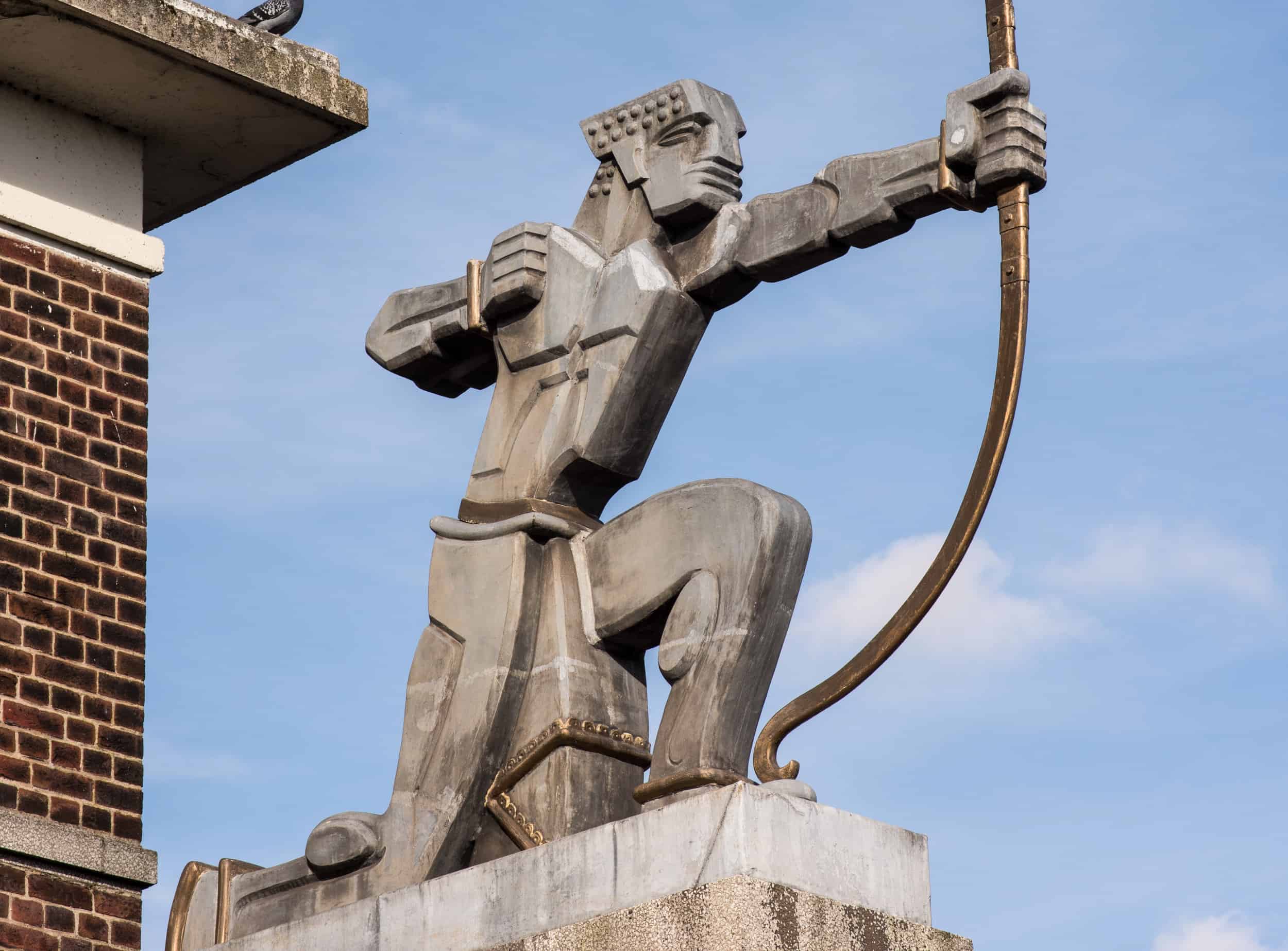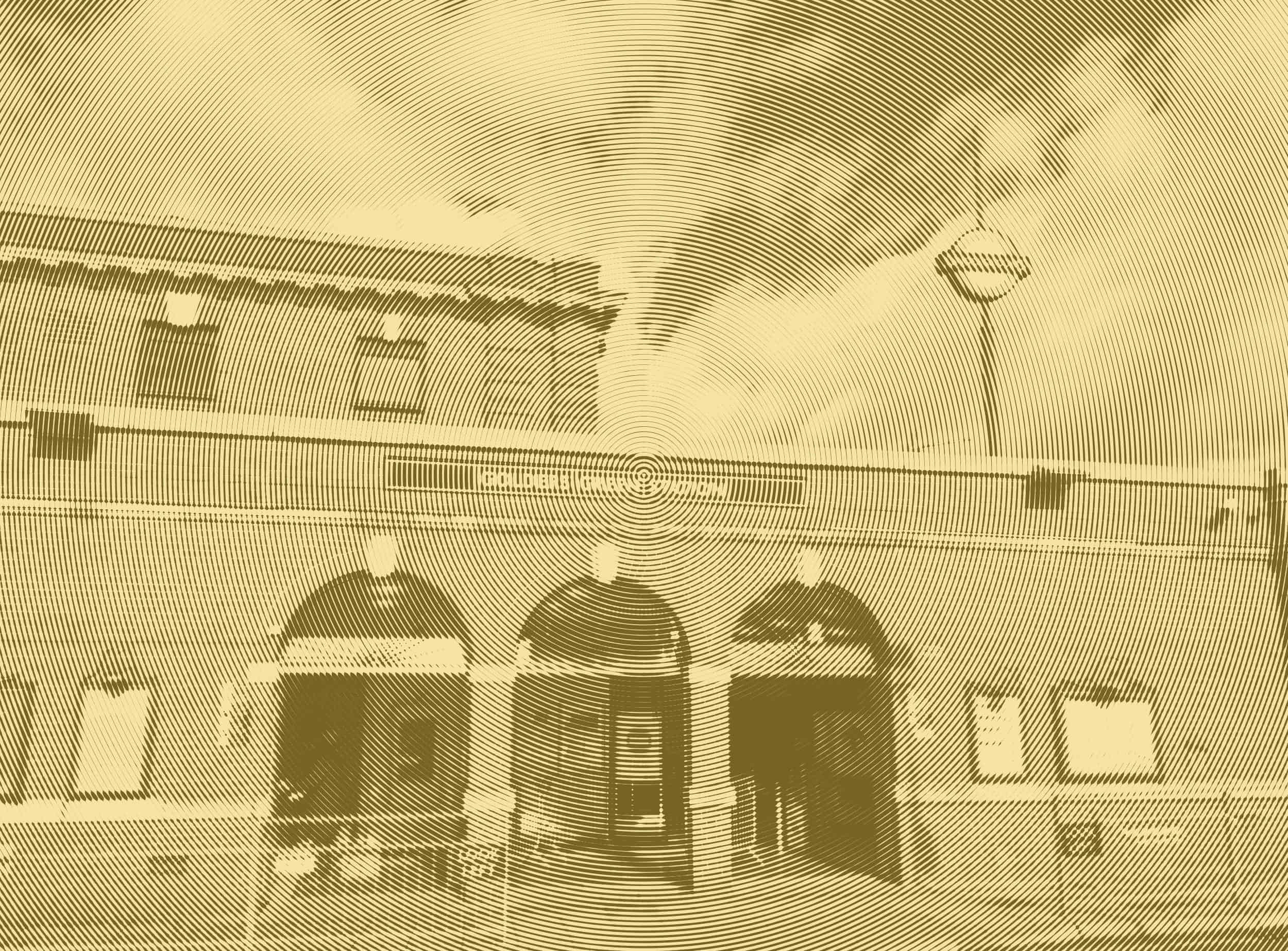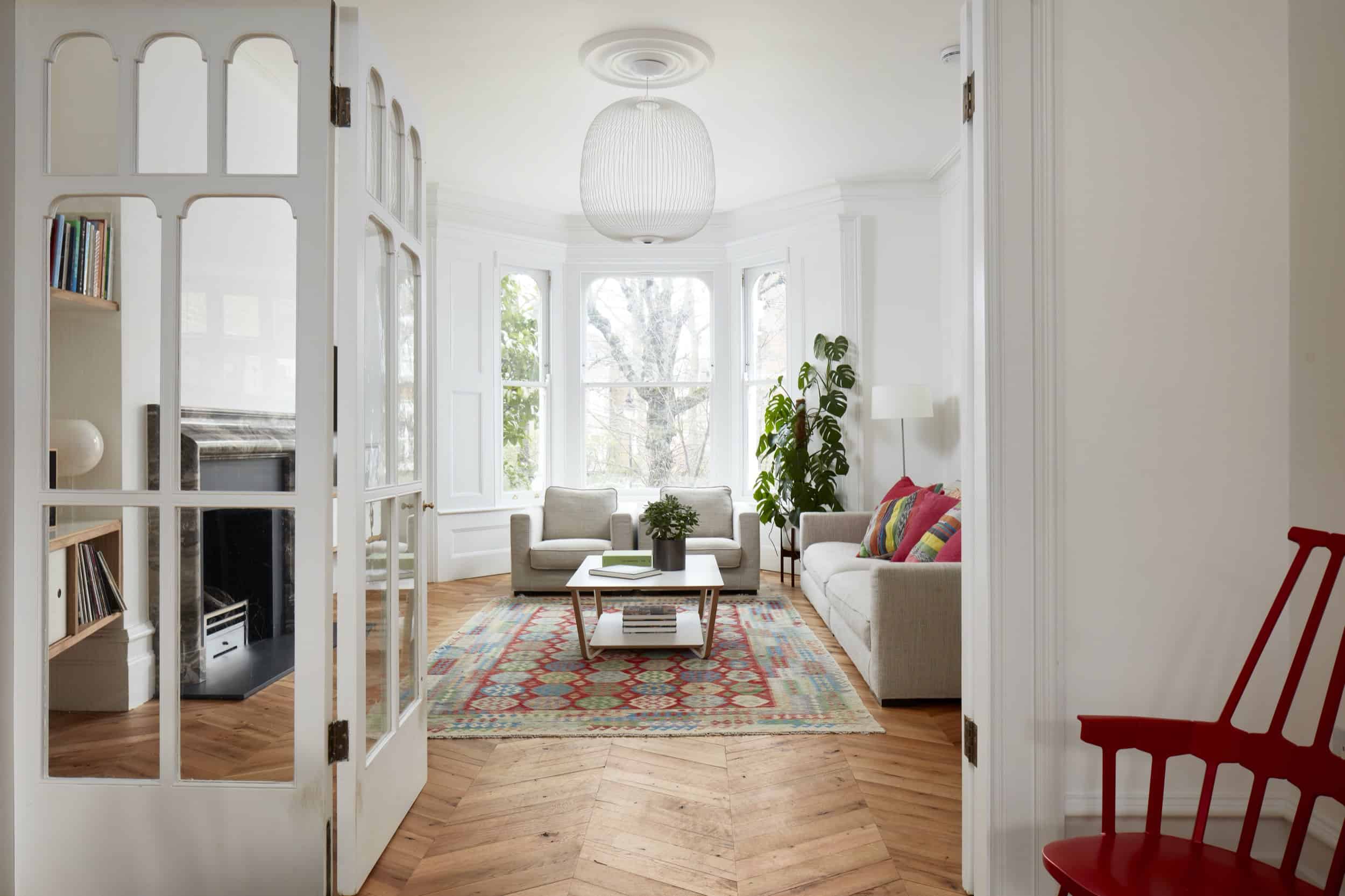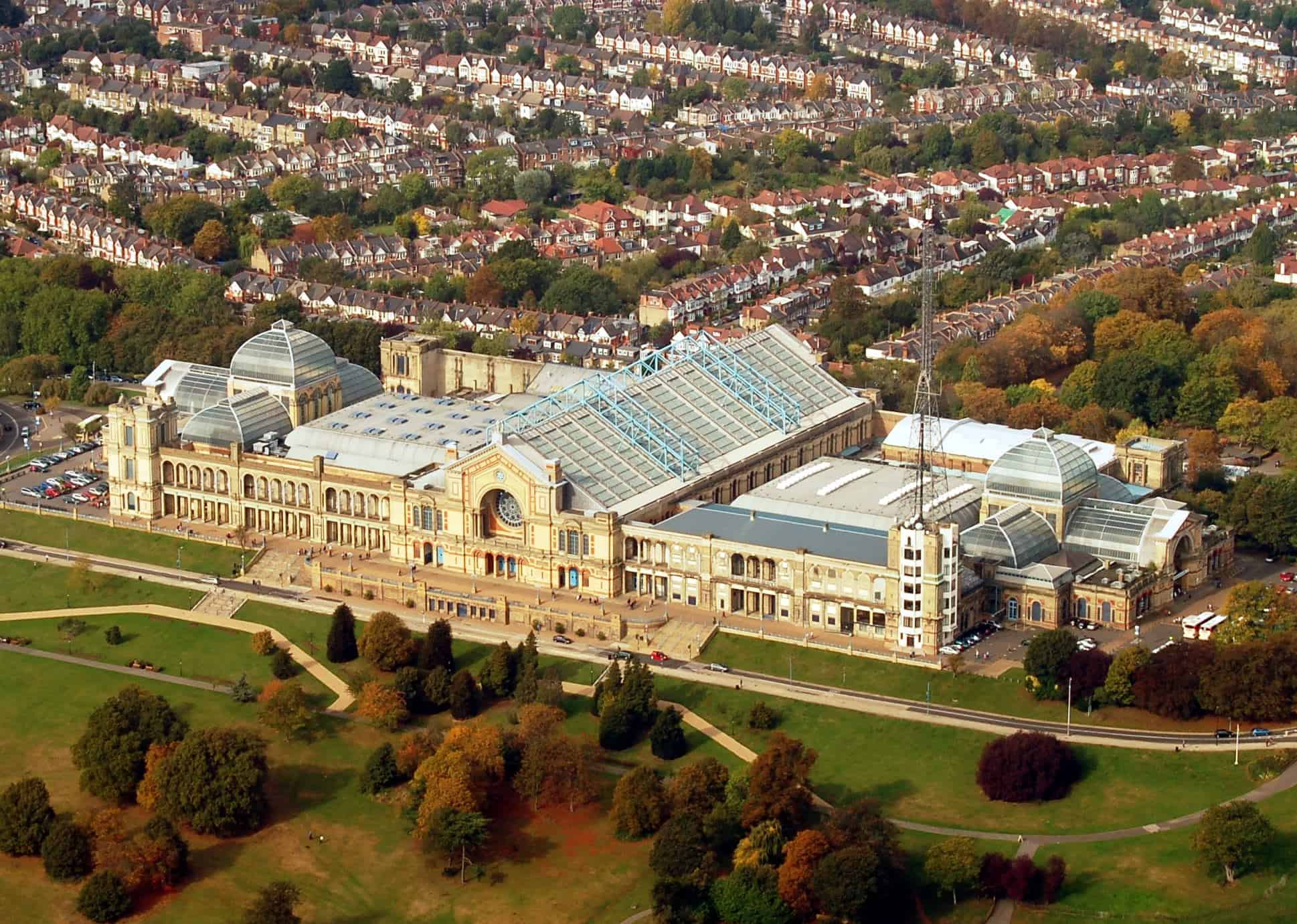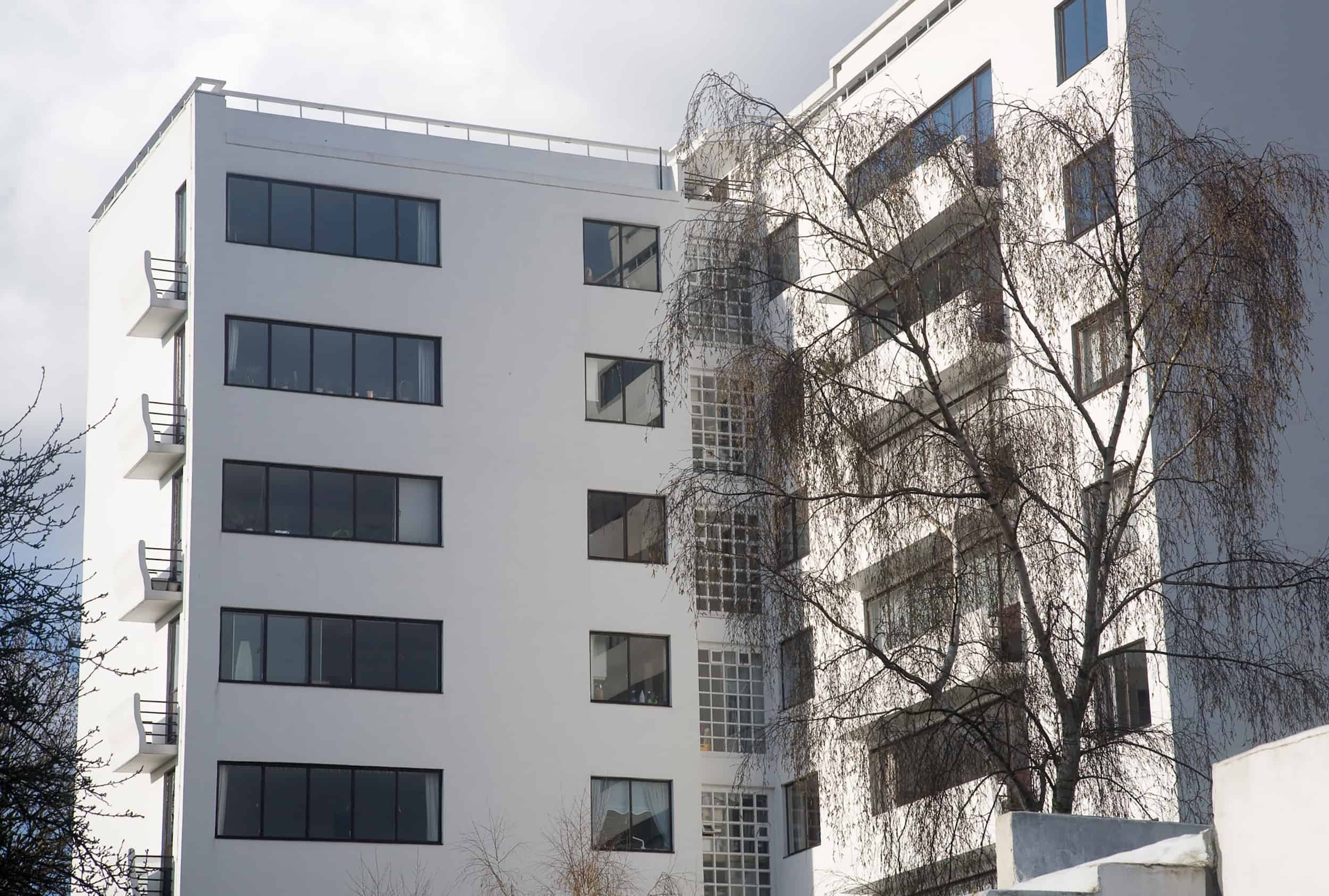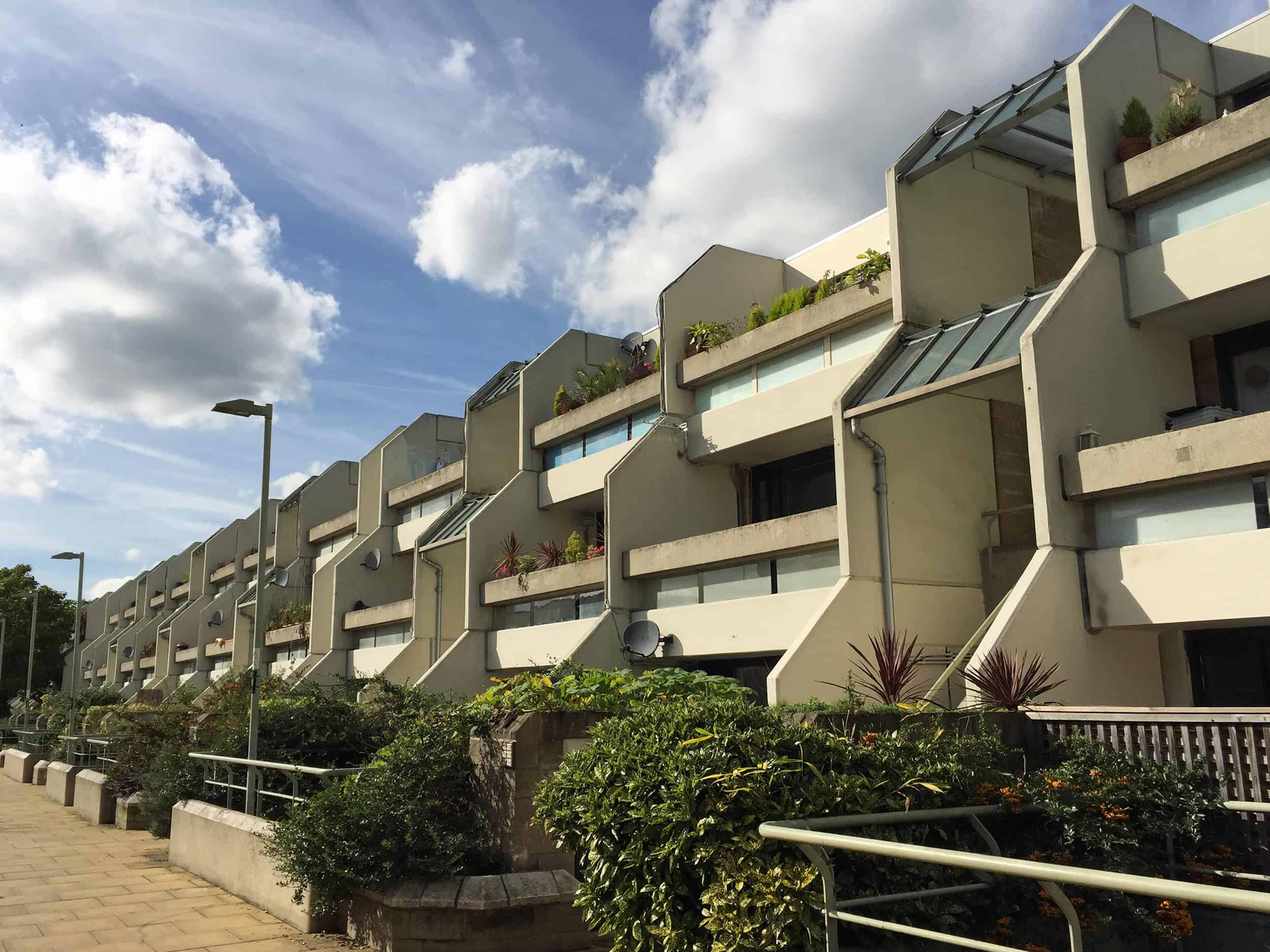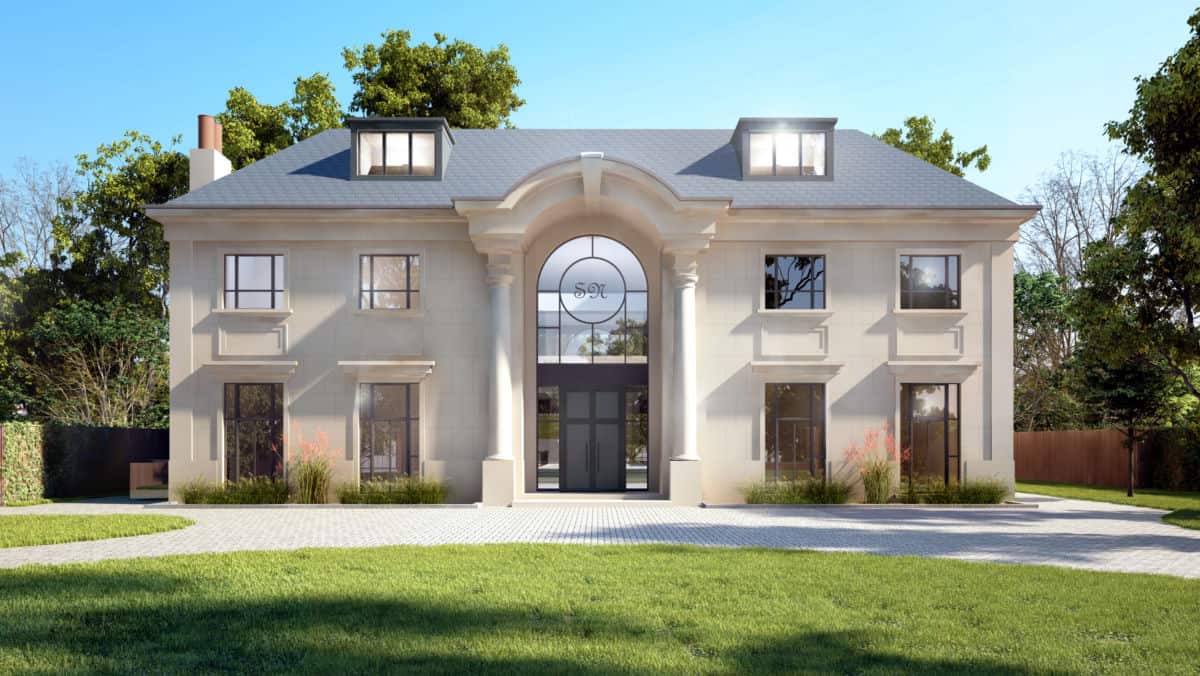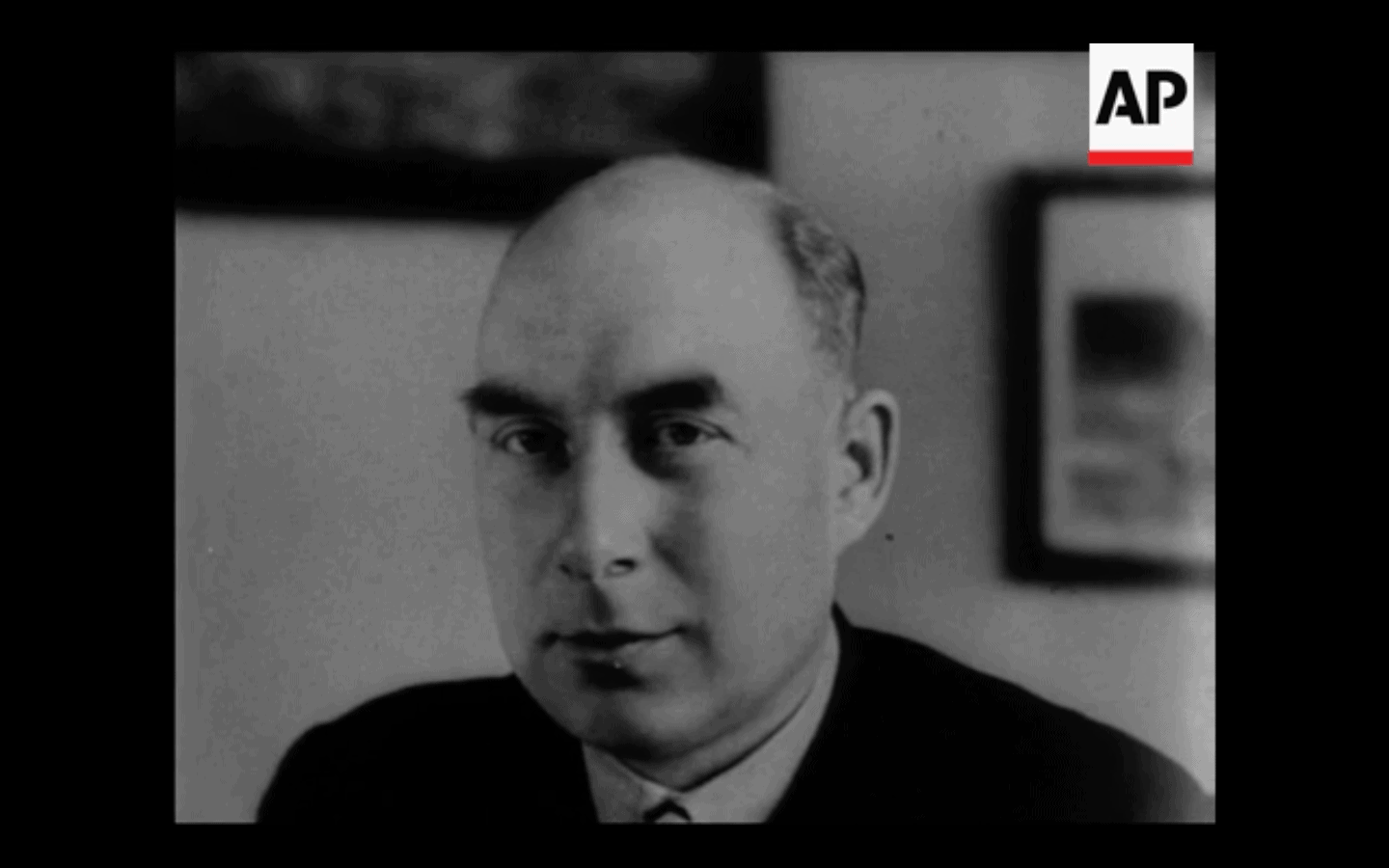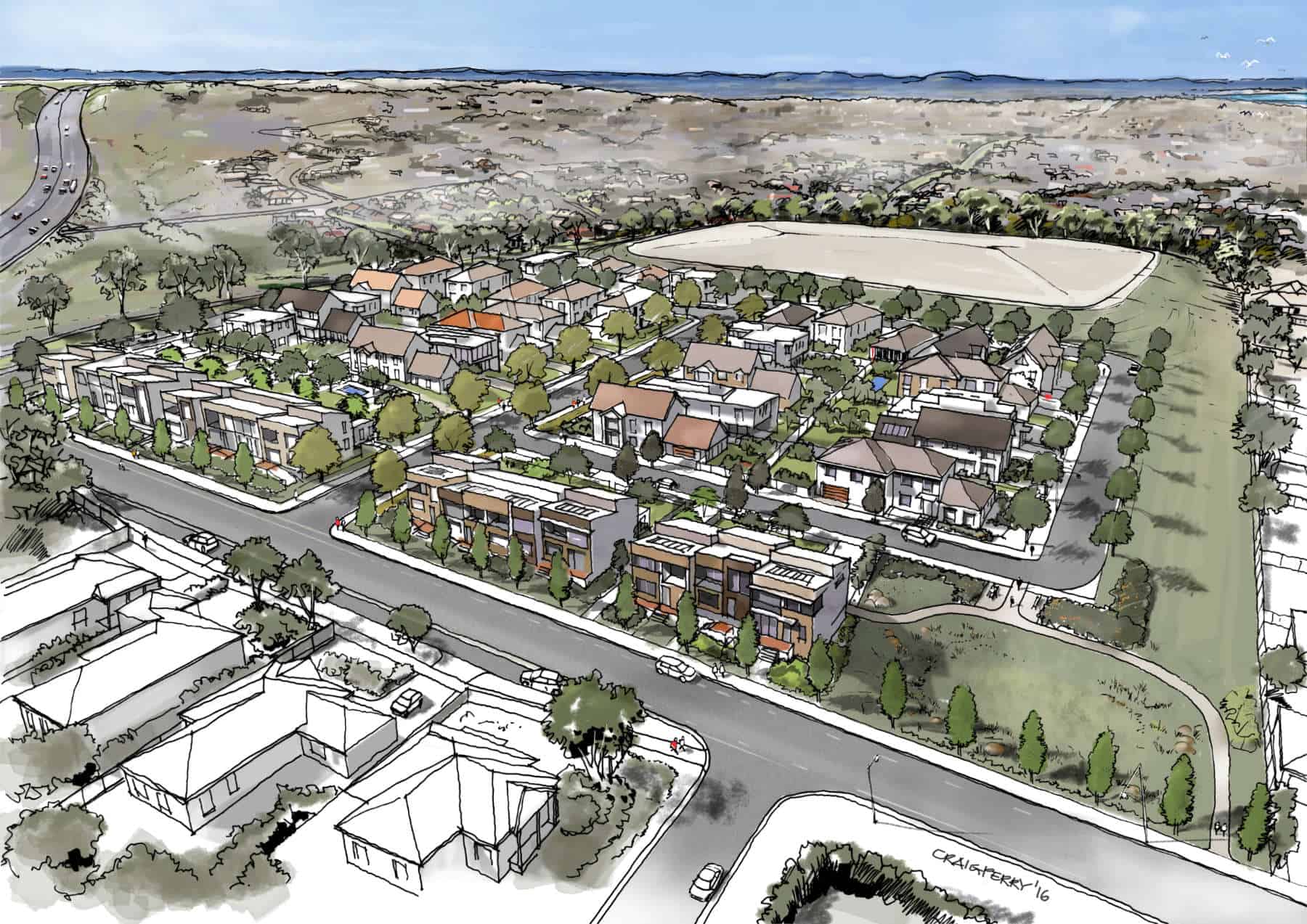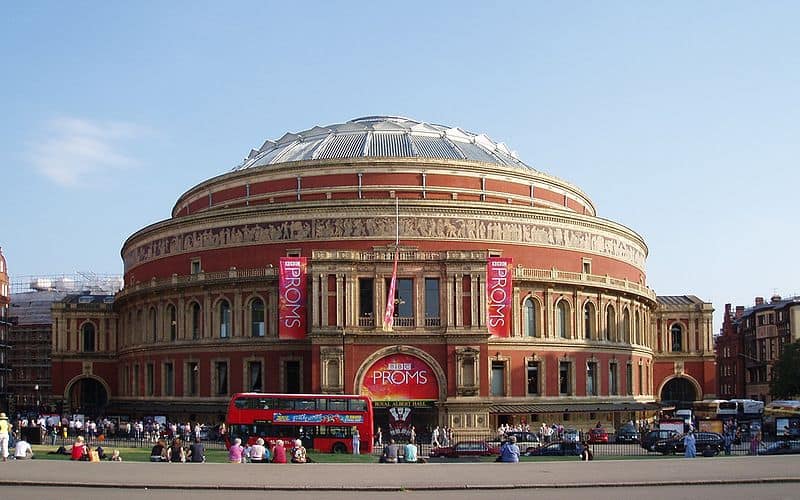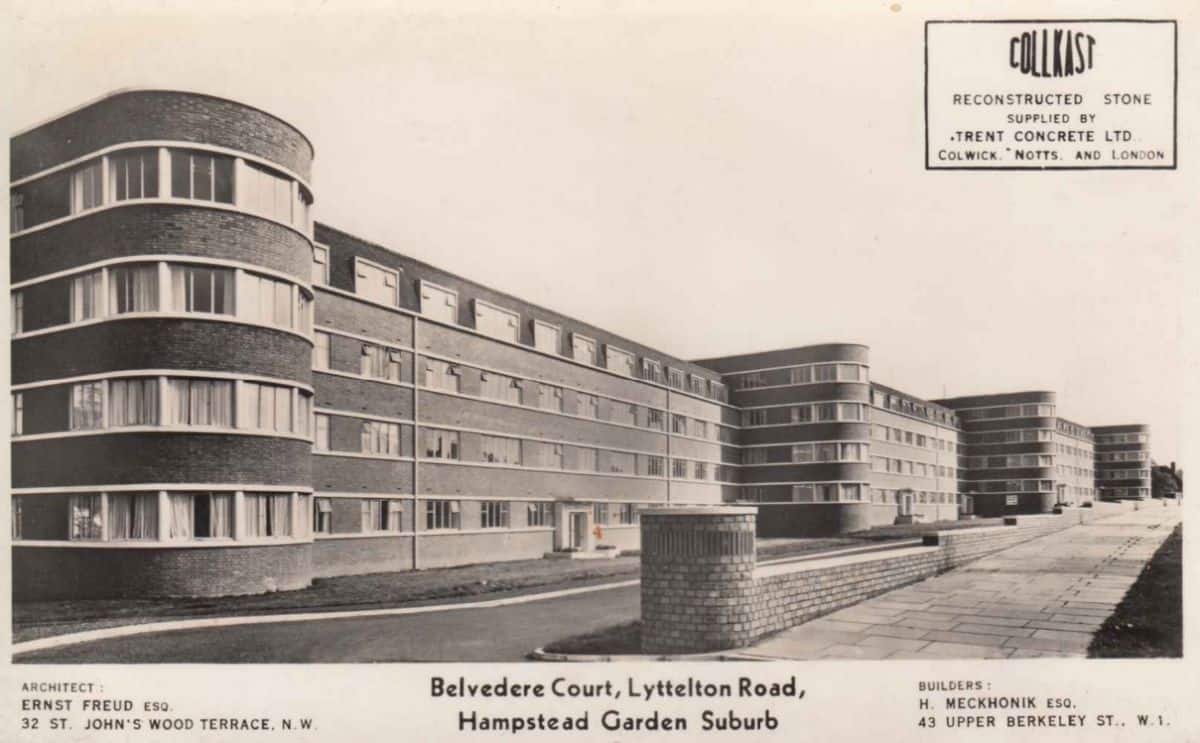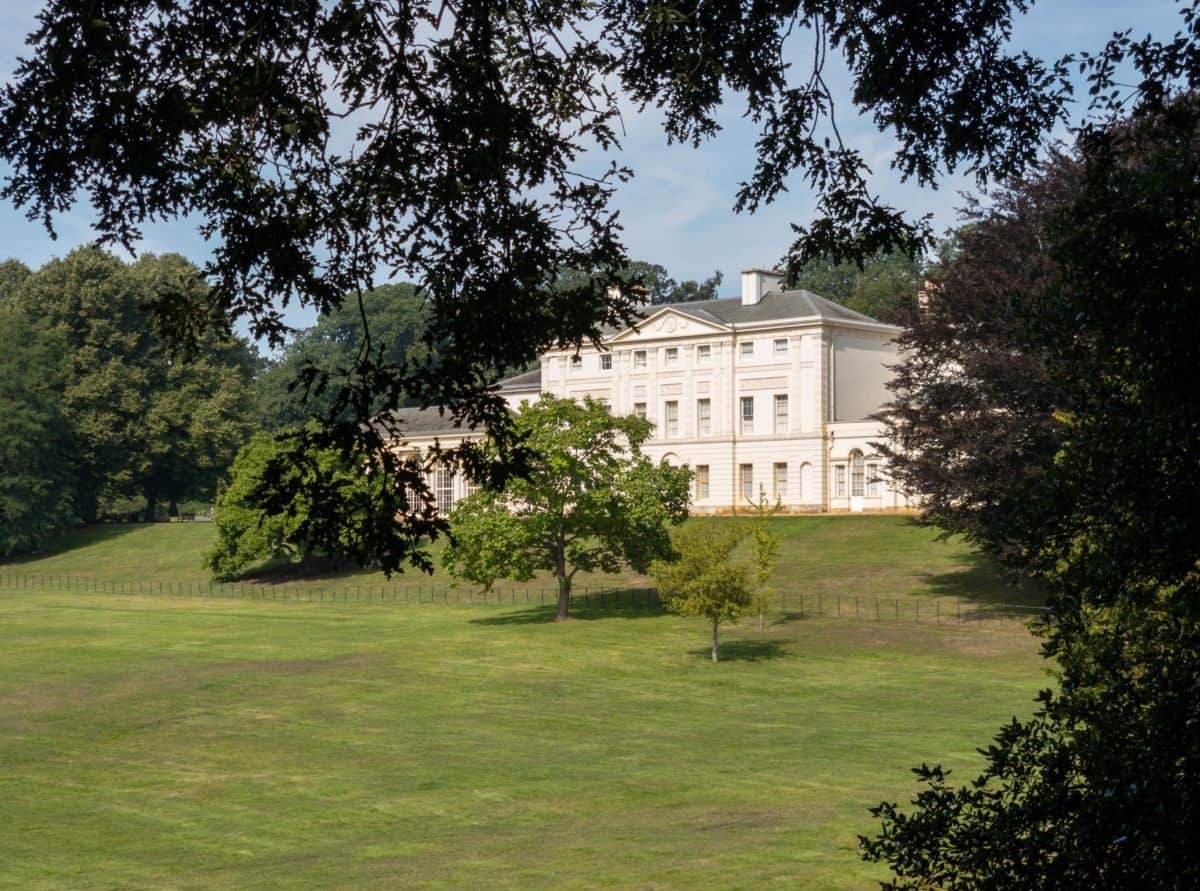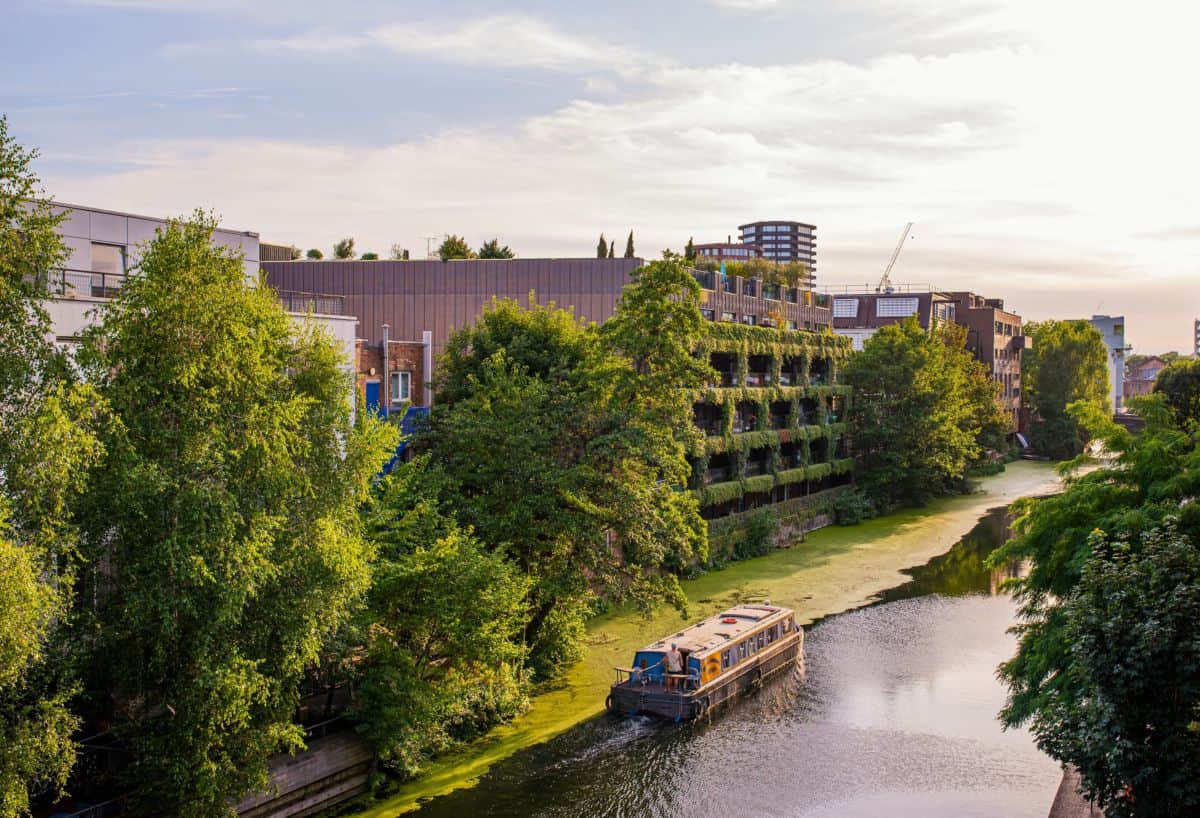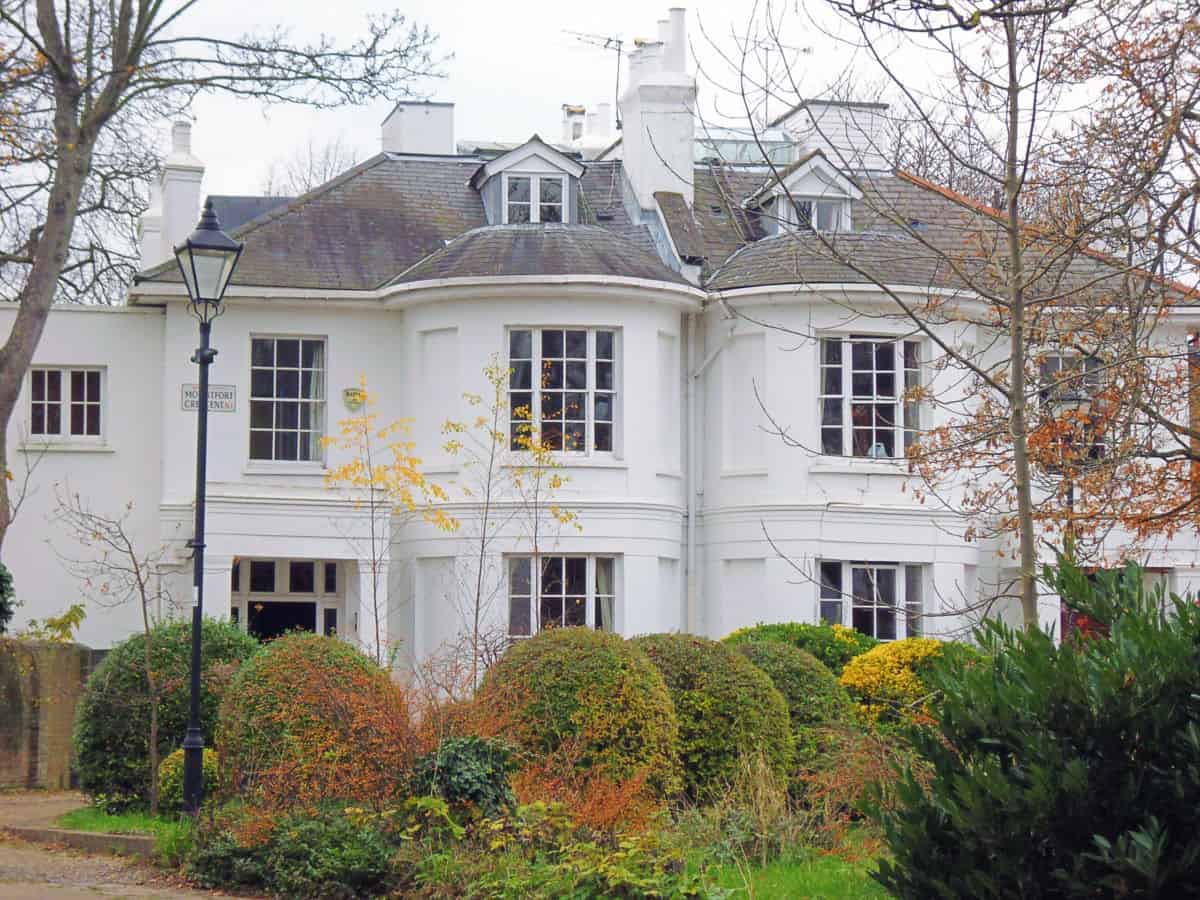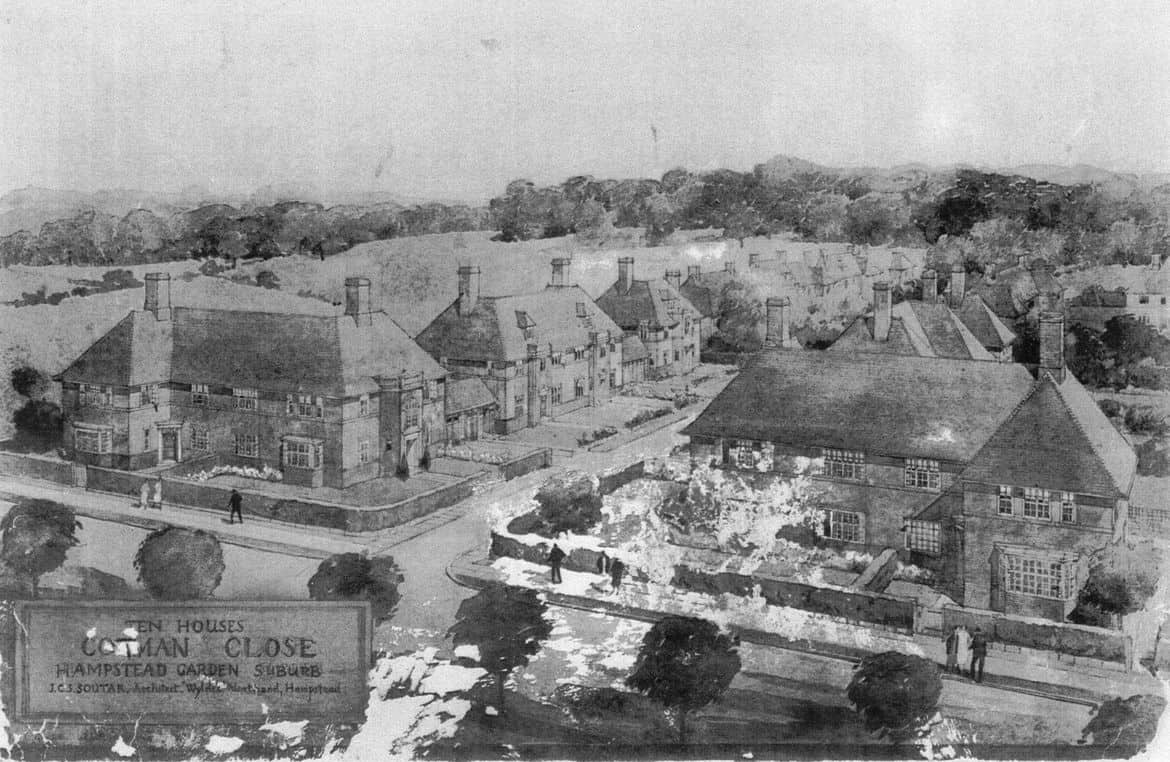John Soutar’s Influence on Hampstead Garden Suburb
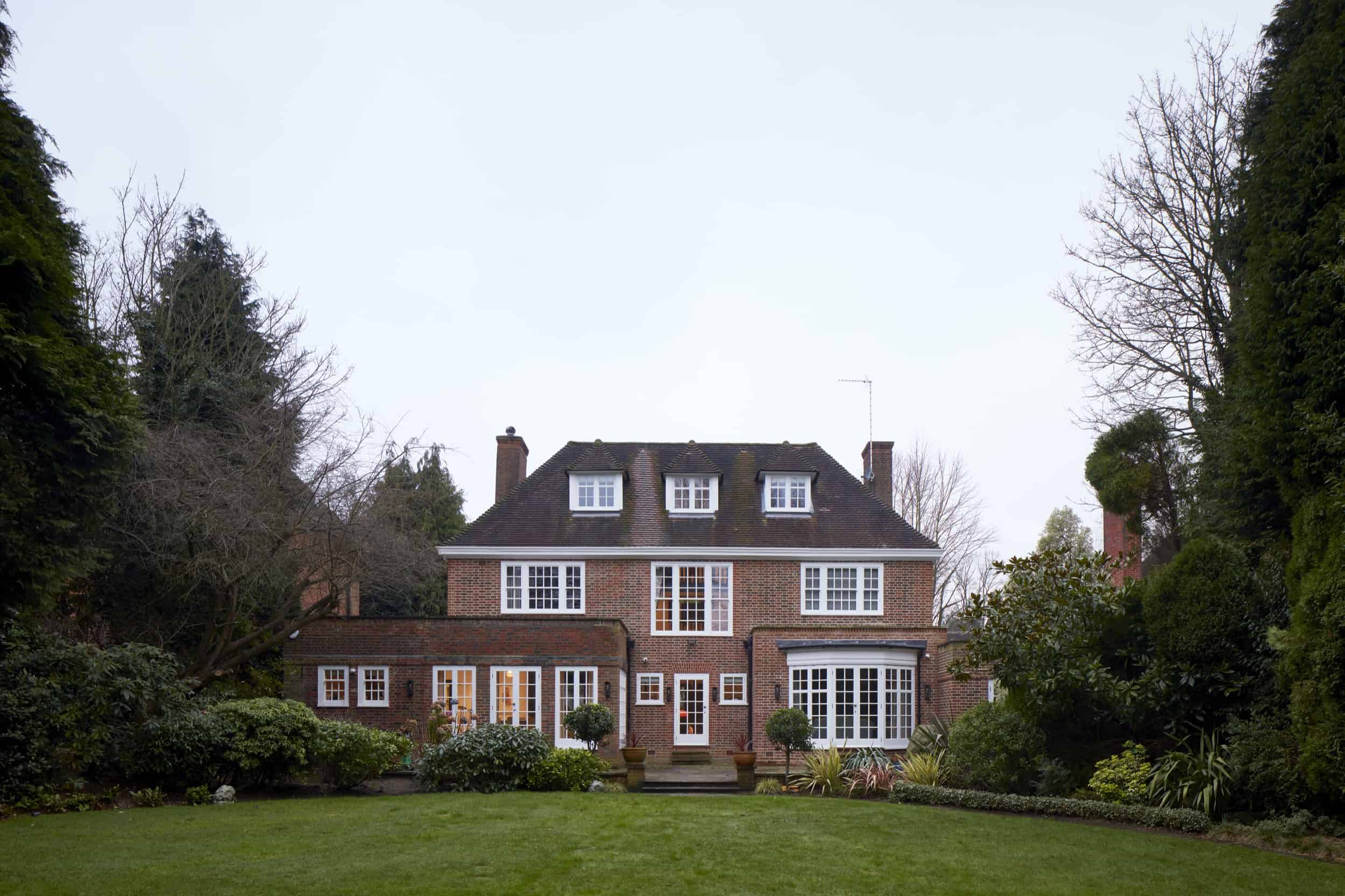
Born in 1881, John Carrick Stuart Soutar is best known for his commitment to the buildings of Hampstead Garden Suburb in north London, a picturesque suburb that is still popular and thriving to this day.
But, how did he design the suburb, and how did he get involved in architecture? In this article, we look at his life and how his experiences helped him go on to develop one of the nicest places to live in London.
The History of John Soutar
Soutar was born in Scotland in the 19th century, along with his older brother, Archibald. The younger Soutar attended Arbroath High School and later served under the tutelage of Thomas Martin Cappon. A renowned Scottish architect, Cappon hired Soutar as his apprentice in 1897, allowing Soutar to learn his trade under one of the most reputable designers at the time.
During this time, he also studied at Dundee University College and obtained the Queen’s Prize before graduating. Soutar served his time as an apprentice in 1901, and after completing his studies, decided to move to London with his brother.
Once there, he joined Archibald at the same company, and the two brothers collaborated on numerous projects before each was accepted by the LRIBA. Their names were put forward by William Edward Riley, Arthur Alfred Carder and James Maxwell Scott of the London County Council architects department. They worked under Riley previously, which pushed along their candidacy in 1911.
The brothers’ big break
Not satisfied with working under other architects, the Soutar brothers branched out and created their own firm. Their first project, a competition win for the layout of Ruislip Manor Estate, was a huge break in more ways than one. Aside from providing them with a great opportunity, it also put them in contact with Raymond Unwin.
Unwin assessed the competition entrants and was impressed by the brothers’ pitch. A couple of years later, in 1913, Unwin was the man who commissioned the pair to work on the Hampstead Garden Suburb. After he was appointed to the Local Government Board in 1914, John Soutar took his place as a consultant architect at Hampstead alongside George Lister Sutcliffe.
In 1915, Sutcliffe became seriously ill and had to vacate his post, leaving John Soutar as the sole architect to the Hampstead Garden Suburb Trust.
The Hampstead Garden Suburb
The Hampstead Garden Suburb was fundamentally different after 1918, the year John Soutar exorcised his control over the architecture and landscaping of the Suburb. Unlike Unwin before him, Soutar didn’t decide to craft a balanced community, instead opting for conventional houses for sale.
This led to the creation of some of the biggest and most historic buildings and areas in Hampstead, the majority of which are still around today and showcase Soutar’s expansive style. They include Bishop’s Court, a row of neo-Georgian flats, and The Institute, which is part of the Henrietta Barnett School.
Soutar worked on hundreds of properties and buildings after becoming the sole architect for the Trust, yet his work on Spaniard’s Close in 1932 stands out the most. The road not only has a pleasant shape, but it rises steeply to a finish at the symmetrical Spaniard’s House.
Work With William Powell
John and Archibald Soutar hired many chief assistants, such as Paul Braddock, and allowed them to have a say in developments. However, it was William Powell who collaborated with the Soutars to great acclaim on the Hampstead Garden Suburb.
Aside from his role in Spaniard’s Close, Powell designed houses on Ken Wood Close and Ingram Avenue. These are parts of a region close to Hampstead Lane that was named “Millionaire’s Row” in the 1930s as it attracted the biggest stars and the wealthiest of people. Actress Gracie Fields lived in the area from 1935.
Winnington Road is another example of the Soutars’ relationship with Powell, as the designs were drawn up by Powell in Soutars’ office.
Other Projects
John and Archibald Soutar were also the main architects for the Knebworth Garden Village development, incorporating their famous late Stuart style. Sadly, the project would never generate house sales on the same level as the Hampstead Garden Suburb, and it wasn’t viewed as being a major success.
John Soutar was Influenced by the likes of William Riley and Cappon after working under them, yet one of his main influences was in fact Sir Edwin Lutyens. As well as working in Hampstead, Lutyens attempted to bring old-fashioned designs into his time period by tweaking them to match the specifications of the era. Soutar did this, too, and it’s no coincidence that the Hampstead Garden Suburb reflects this style.
Achievements & recognition
Although Soutar was never knighted like the likes of Lutyens, he obtained a host of awards and recognition that his peers never managed to achieve. In 1926, Raymond Unwin, Ralph Knott and Ernest Stone Collins proposed him to FRIBA. He was elected the same year and took on the lifetime honour.
Of course, it’s Soutar’s work on Hampstead that highlights his legacy to this day. Christopher Hussey in Country Life magazine commends it as “an outstanding success” due to the designs that have been “consistently maintained…despite the difficulties.” For this, “much of the credit is due to Mr. John C S Soutar.”
If you go to Spaniard Inn, Kenwood Close or Ingram Avenue today, you’ll still see the neo-Georgian flats by Soutar at Bishop’s Court, or the late Stuart idiom of Ken Wood and the sharp, steep lane that is Hampstead Lane.
Final work & death
Unlike his brother, John Soutar never retired, deciding to remain in London and not move back to his native Scotland. The pair did die in the same year (1951), nine months apart, leaving their remaining fortunes to their families. John Soutar was survived by his wife and son, as well as three siblings.
The brothers’ work on the Hampstead Garden Suburb spans a twenty-five-year period, starting in 1911 and ending in 1936. In total they designed more than thirty buildings, many of which still dominate the beautiful Hampstead landscape.
Read more about our work as Hampstead Garden Suburb architects


